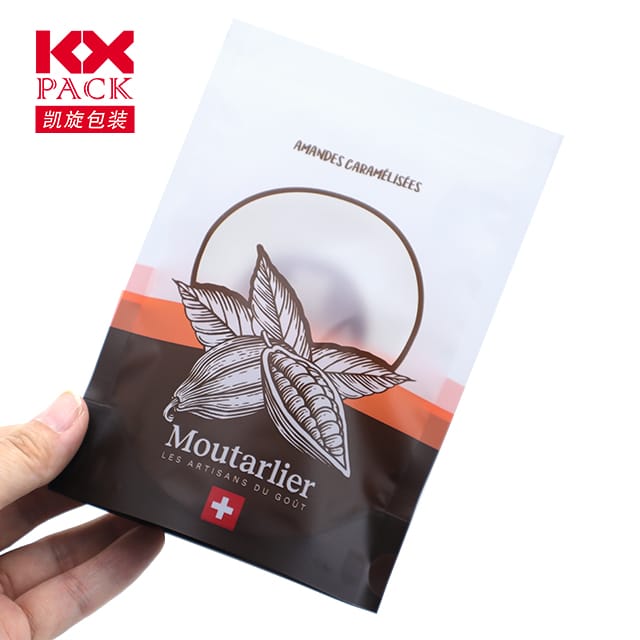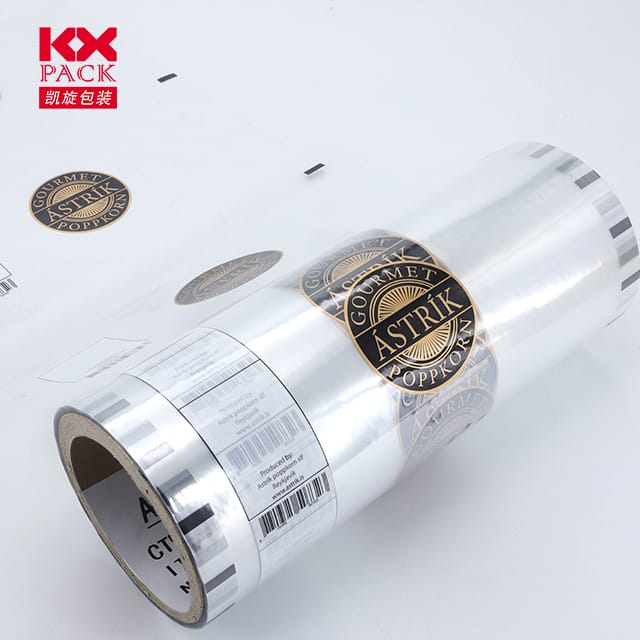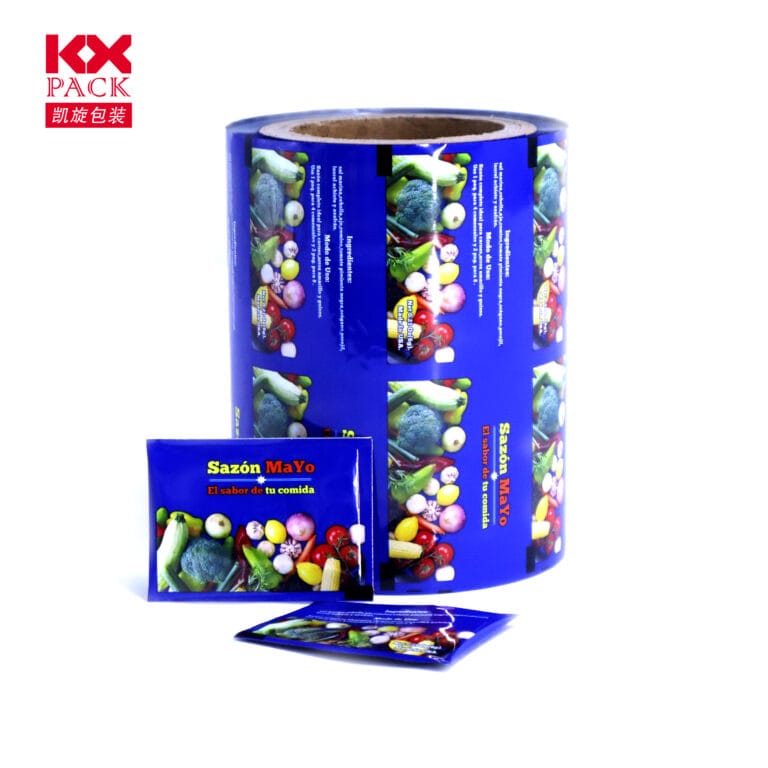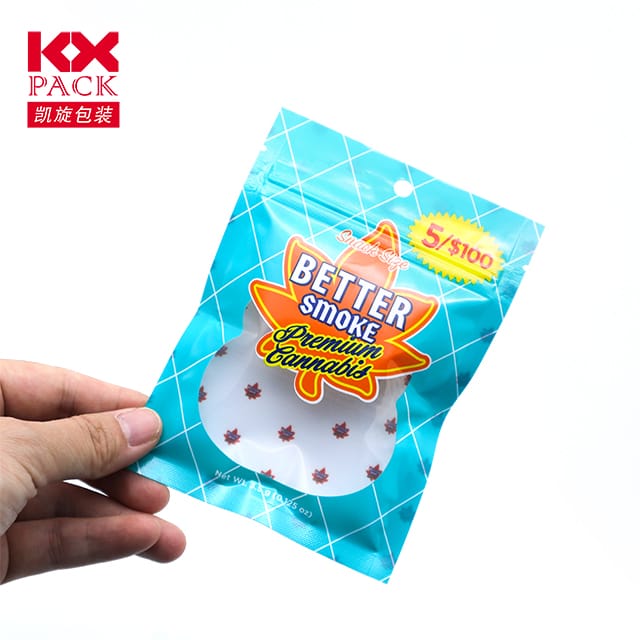Inbhuanaitheacht Nuálaíoch: Éabhlóid na Scannán Pacáistithe Bia (4)
Scannáin Pacáistithe Bia
I ré ina gcomhlíonann áisiúlacht Chonaic comhshaoil, scannáin pacáistiú bia have emerged as a critical battleground for balancing food safety, ré, agus éicea-fhreagracht. Iad seo tanaí, déanann sraitheanna ilúsáideacha níos mó ná do shneaiceanna a chosaint - bíonn ról lárnach acu maidir le dramhaíl a laghdú, úire a chaomhnú, agus oiriúnú do gheilleagar ciorclach. Let’s dive into the world of food packaging films and explore how they’re reshaping the future of sustainable consumption.
The Role of Food Packaging Films: Beyond Cosaint
Food packaging films are engineered to serve multiple purposes:
- Caomhnú: Barrier properties against moisture, ocsaigine, and light extend product shelf life.
- Áisiúlacht: Easy-to-open seals, zippers resealable, and portion-controlled packaging cater to modern lifestyles.
- Sábháilteacht: Tamper-evident designs and antimicrobial coatings ensure food integrity.
- Brandáil: Vibrant prints and textures help brands stand out on crowded shelves.
Ach fós féin, traditional films (often made from single-use plastics) have faced scrutiny for their environmental impact. This has spurred a revolution in material science and design.
Sustainable Innovations: From Biodegradable to Compostable
The food packaging industry is embracing eco-friendly alternatives:
- Scannáin in -bhithmhillte:
Made from renewable resources like corn starch, cána siúcra, or potato starch, these films break down naturally within months. Brandaí mar BioPak agus CINEÁL are pioneering compostable solutions for snacks, coffee pods, agus eile. - Scannáin Inite:
Imagine a wrapper you can eat! Scannáin Inite, often made from seaweed, gelatin, or plant extracts, are gaining traction for small items like candies or herbs. Is maith le cuideachtaí Leabhar nótaí are pushing the boundaries with seaweed-based sachets. - Scannáin Ábhar Athchúrsáilte:
Athchúrsáil iar-thomhalta (Pcr) plastics are being repurposed into packaging films, Ag brath ar spleáchas ar ábhair mhaighdean. Tionscnaimh cosúil leis an Ellen MacArthur Foundation’s New Plastics Economy are driving adoption. - Scannáin Chliste:
Technology meets sustainability with films that detect spoilage (via color-changing indicators) or extend freshness (through oxygen-scavenging layers). These innovations reduce food waste—a major contributor to global emissions.
Challenges and Trade-offs
While progress is promising, hurdles remain:
- Costas: Sustainable materials often come at a higher price tag, making adoption slower for small businesses.
- Feidhmíocht: Biodegradable films may lack the durability or transparency of traditional plastics, affecting user experience.
- Infrastructure: Compostable films require industrial composting facilities, which are scarce in many regions.
- Consumer Confusion: Mislabeling or unclear disposal instructions can lead to packaging ending up in landfills instead of recycling streams.
An todhchaí: Circular Solutions and Collaboration
The path forward lies incomhoibriú across industries:
- Eolaíocht ábhair: Infheistiú i R&D for scalable, affordable alternatives (E.g., mushroom-based packaging, cellulose nanofibers).
- Policy: Governments are incentivizing sustainable packaging through tax breaks or bans on single-use plastics.
- Oideachas tomhaltóra: Brandaí mar Lúb are pioneering reusable packaging systems, encouraging a shift from “throwaway” to “return and reuse.”
- Circular Design: Creating packaging that’s easily recyclable, inmhúirín, or biodegradable by design.
Your Role in the Sustainability Journey
As a consumer, you hold power:
- Support brands using eco-friendly packaging.
- Advocate for clearer labeling and recycling infrastructure.
- Reuse or repurpose packaging where possible (E.g., turning film scraps into craft materials).
Conclúid: Pacáistiú le Cuspóir
Food packaging films are no longer just about keeping food fresh—they’re a symbol of our commitment to a healthier planet. By embracing innovation, fostering collaboration, and demanding accountability, we can transform these thin layers into a force for positive change.
The next time you unwrap a snack, Fiafraigh duit féin: Could this packaging be part of a sustainable future? 🌱🍃
What’s your favorite sustainable packaging innovation? Share in the comments! 👇







